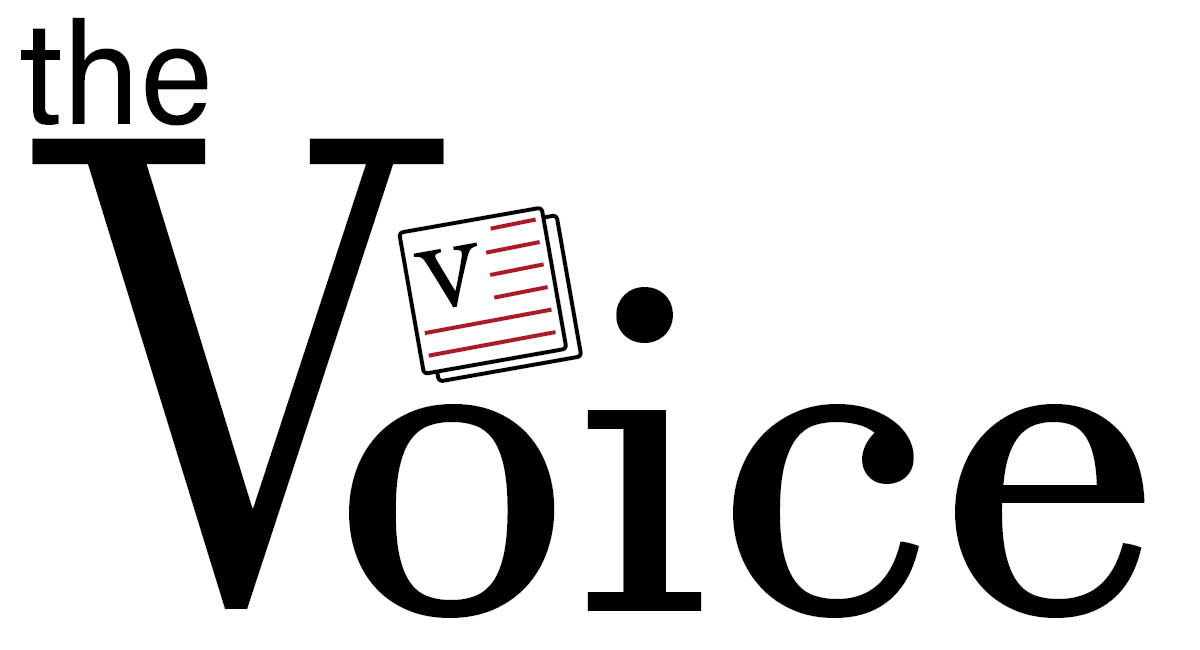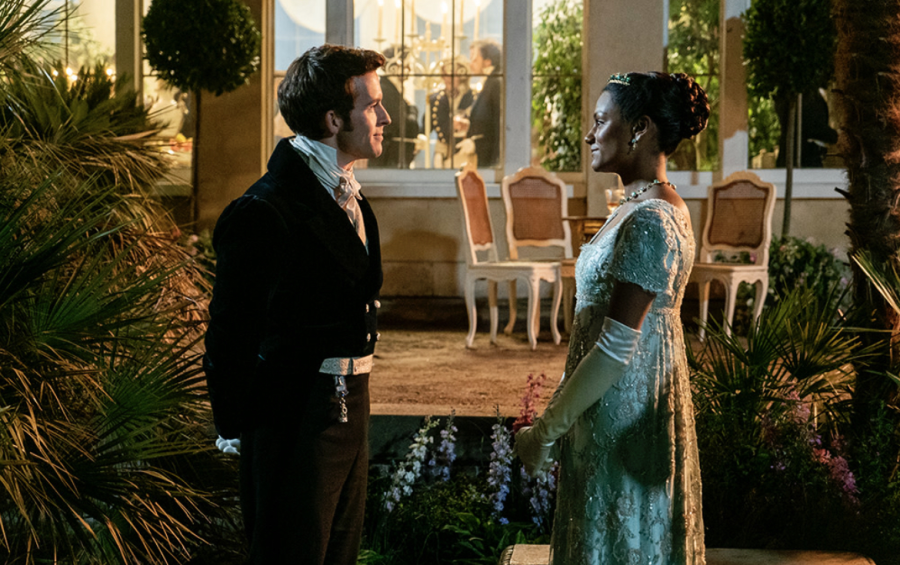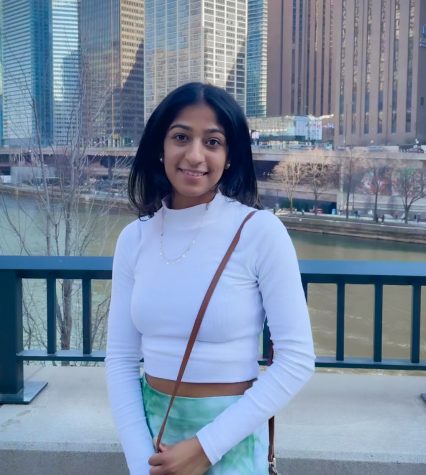The diamond of Netflix
“Bridgerton’s” portrayal of South Asian representation has never been seen before.
May 3, 2022
The season’s diamond. At the mention of these three words, every “Bridgerton” fan perks up their ears and shifts closer to the edge of their seat, awaiting to hear the anomalous queen’s declaration. As Netflix’s top English-language TV series of all time, Season 1 of Netflix’s original “Bridgerton” took the world by storm last year, crowning the graceful Daphne Bridgerton, played by Phoebe Dynevor, as the season’s diamond. Chosen for her beautiful and charming persona, she was seen by suitors as the most desirable woman in the ballroom.
Yet, this year, four weeks after the release date on March 25, Season 2 of “Bridgerton” “ascended to the #1 spot on the Most Popular list with 627.11M hours viewed, ahead of ‘Bridgerton’ Season 1 in second place,” according to Netflix. The new season shifted focus from Daphne Bridgerton’s love match to a slow burn romance between the elder Bridgerton and Indian governess Kate Sharma, with her younger sister, Edwina Sharma caught in the middle.
However, the most notable aspect of Season 2 is not the romance but rather the production team’s emphasis on South Asian Representation. Through the intricate details in the fabric, gold jewelry, and hair accessories, the show emphasized the beauty of Indian culture rather than mock it- an unfortunately common practice among the Western entertainment industry.
For instance, a majority of the shows I grew up watching involved very few South Asian characters. The rare Indian characters, such as Baljeet from “Phineas and Ferb,” Ravi from “Jessie,” and Raj from “Big Bang Theory” were portrayed in a negative light, ridiculed for their thick accents, inability to talk to women, and nerdy personality. These stereotypes created in the entertainment industry associate South Asian cultures with undesirable traits.
However, by selecting a South Asian woman as the season’s diamond, “Bridgerton” sends a beautiful message to the world that dark-skinned, Indian women are desirable and can be everything that a white woman can be.
Although “Bridgerton” is known for its emphasis on diversity as people of all races are shown as royals, this new season brings immigrants into the mix and attempts to represent cultures different from the typical English culture. To illustrate, scenes of the elder Sharma making tea, rubbing oil into her sister’s hair, and performing a haldi ceremony, portray Indian culture in a way most Americans have never seen before. A healthy representation of Indian culture in the entertainment industry exposes America to the beauty of other cultures and creates positive stereotypes.
So, thank you “Bridgerton” for opening the door to diversity and inclusion in the film world and showing us that all women, including the ones that look like me, can be diamonds.



